Comma butterfly (Polygonia c-album)
The Comma butterfly (Polygonia c-album) is a distinctive and striking species of butterfly found throughout Europe and parts of Asia. Its unique wing shape and coloration make it one of the more easily recognizable butterflies.
Key Characteristics:
- Appearance:
- Wings:
- The wings are deeply scalloped, resembling tattered leaves, which provide excellent camouflage.
- The upper side of the wings is orange with black spots, giving it a striking, bright appearance when seen in flight.
- The underside of the wings is mottled brown, resembling a dead leaf, and this camouflage helps the butterfly avoid predators when resting.
- Comma Mark: The butterfly gets its name from the small, white comma-shaped mark on the underside of its hind wings.
- Size: Wingspan ranges from 45 to 50 mm (1.8 to 2 inches).
- Behavior:
- Flight Period: Comma butterflies are on the wing from early spring to late autumn, with two broods a year. The first brood emerges in spring and early summer, and the second in late summer and autumn.
- Hibernation: This species hibernates as an adult. The butterflies that emerge in the late summer go into hibernation during autumn and overwinter in leaf litter, tree hollows, or other sheltered spots. They emerge again in spring to breed.
- Territorial: Males are known to be territorial, often defending sunny patches in woodlands or hedgerows where they perch and patrol.
- Habitat:
- The Comma butterfly can be found in a variety of habitats, including woodlands, gardens, parks, hedgerows, and open countryside. They prefer areas with abundant vegetation and sunny, sheltered spots.
- The species is widely distributed across Europe, including the UK, and extends into temperate Asia. It is often seen basking in the sun on leaves or tree trunks.
- Diet:
- Caterpillars: The larvae (caterpillars) feed on a range of host plants, including stinging nettles (Urtica dioica), elm (Ulmus), and hops (Humulus lupulus).
- Adults: The adult butterflies feed on nectar from a variety of flowers, including thistles, blackberries, and buddleia. They are also known to feed on rotting fruit and tree sap, especially in the autumn before hibernation.
- Life Cycle:
- Eggs: Females lay eggs on the leaves of the host plants. The eggs are pale green and laid singly.
- Caterpillar: The caterpillars are dark with white and orange markings and spines along their bodies. They often resemble bird droppings, which helps to camouflage them from predators.
- Pupa: The pupae (chrysalides) are brown and angular, resembling a dried-up leaf or twig. This also helps camouflage them during the vulnerable pupal stage.
- Adult: The adult butterfly emerges from the chrysalis after around two weeks, depending on environmental conditions.
- Conservation Status:
- The Comma butterfly is not considered to be at risk and has a stable population. In fact, in many areas, its numbers have been increasing, likely due to changes in land management and climate.
Conclusion:
The Comma butterfly (Polygonia c-album) is a visually striking species, well-known for its ragged wings and distinctive white comma mark. Its ability to blend in with its surroundings through its leaf-like appearance on the underside of its wings, combined with its bright orange and black upper wings, make it a fascinating insect to observe. With a broad range of habitats and an adaptable diet, the Comma butterfly is a resilient and widespread species across much of Europe and Asia.

Here’s an enhanced look into the Comma butterfly (Polygonia c‑album), inspired by the Macrostock photo and enriched with scientific context:
🔍 Identification & Camouflage
- Wingspan: 45–60 mm (about 5–6 cm) (karits.eu).
- Shape & coloration: Bright orange-brown upper wings with dark markings and highly scalloped edges. Underside is mottled brown-grey, mimicking a dead leaf—excellent camouflage when wings are closed (en.wikipedia.org).
- Name origin: The small white “comma” or “C”-shaped mark on each hindwing underside gives the species its common and scientific names (c‑album = “white C”) (karits.eu).
🍃 Distribution & Habitat
- Range: Widespread across Europe, North Africa, and temperate Asia, extending into Japan (en.wikipedia.org).
- Habitat preferences: Favors woodland edges, hedgerows, gardens, quarries, and sunny scrub areas with nettles and host plants present (learnbutterflies.com).
🐛 Life Cycle & Behavior
- Generations: Two broods per year—summer and autumn. The summer form (“hutchinsoni”) has paler undersides; autumn generation hibernates as adults and emerges in spring (learnbutterflies.com).
- Eggs & caterpillars: Eggs are laid singly on plants like stinging nettle, hops, elm, currant, and willow. Caterpillars resemble bird droppings in early stages and grow spines over time (woodlandtrust.org.uk).
- Chrysalis & hibernation: Pupae hang camouflaged among leaves and debris; adults hibernate in sheltered spaces like bark crevices or buildings, sometimes emerging on sunny winter days (wildlifeinsight.com).
🍯 Feeding & Adult Behavior
- Adult diet: Feeds on nectar from thistles, knapweed, summer flowers, and later on bramble berries, fallen fruit, and nectars from heat-loving plants (woodlandtrust.org.uk).
- Flight: Fast, slightly erratic flight that resembles fritillaries; typically active from early spring (March) to late autumn (November), with overwintered individuals sometimes seen (wildlifeinsight.com).
🧬 Ecology & Conservation
- Predator defense: Both caterpillars and adults use camouflage; caterpillars mimic bird droppings and adults resemble dead leaves, while pupae blend into surroundings (plantiary.com).
- Population trends: After severe decline in Britain in the 19th–early 20th centuries, it rebounded and has since expanded northward — now Least Concern status in the UK (butterfly-conservation.org).
📝 Summary
The Comma butterfly is a visually striking yet cryptic woodland species. Its ragged wing shape and leaf-like underwing make it nearly invisible at rest, while its two-generation cycle, diverse host plants, and overwintering adults reflect a robust life-history strategy. Having rebounded from past declines, it’s now thriving—and its expanding range serves as a barometer of climate-driven ecological shifts.
🎯 Want to know more?
- Insights into its genetic polyphenism between summer and winter morphs.
- Host-plant selection and its effects on mating success.
- How to spot and photograph hibernating individuals or early springarten.
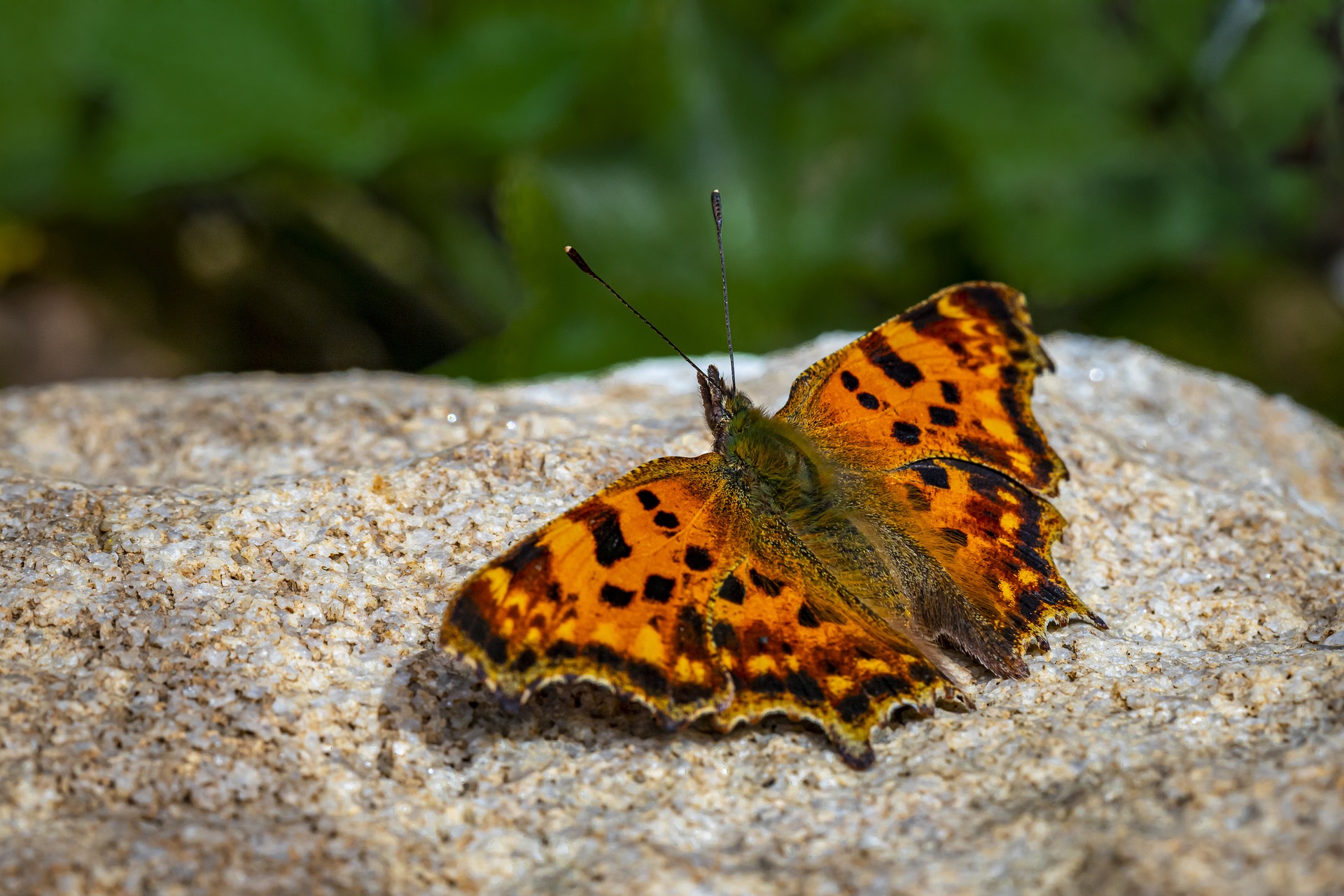
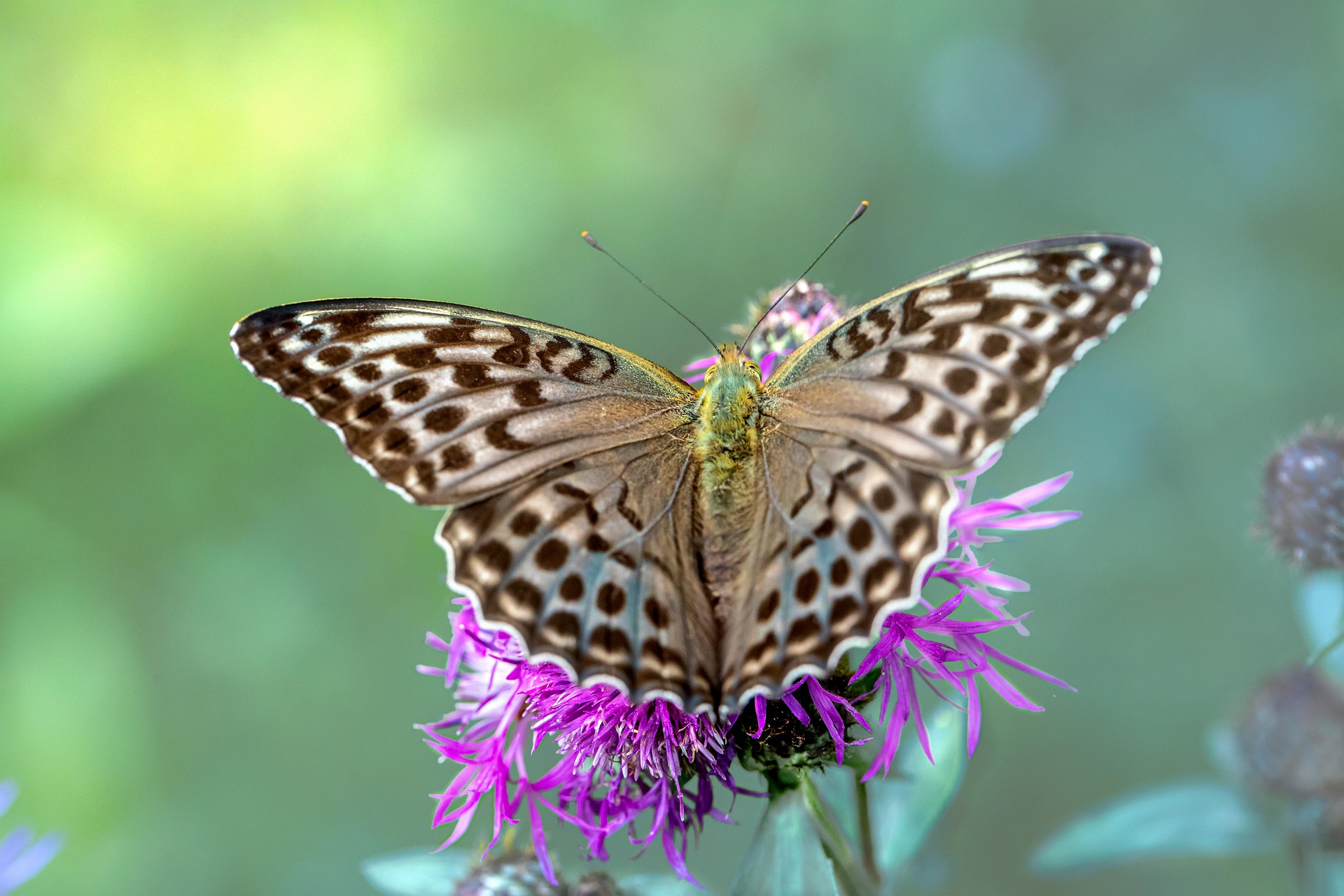

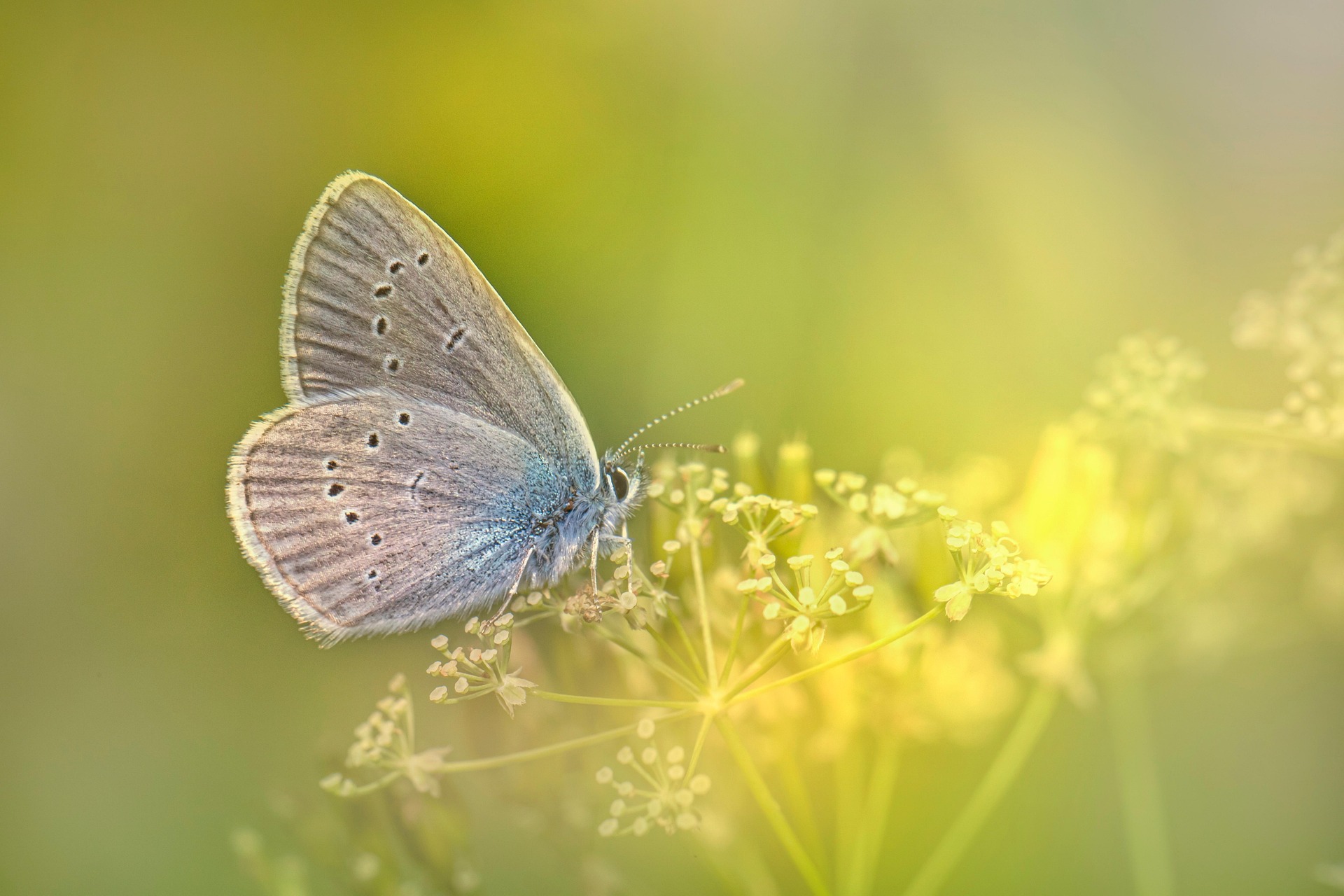
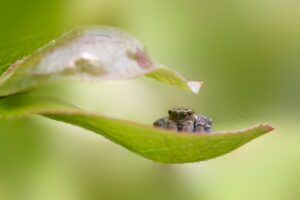
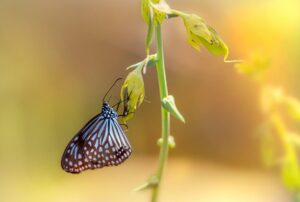
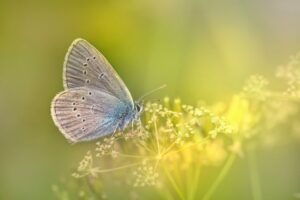
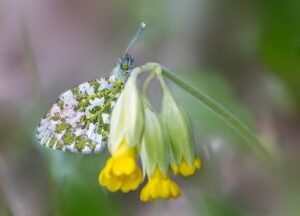
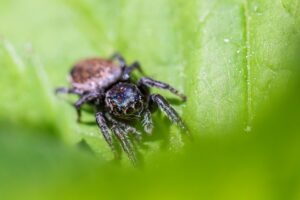
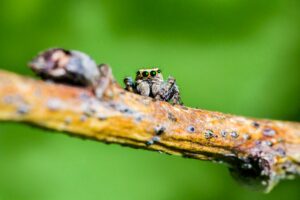
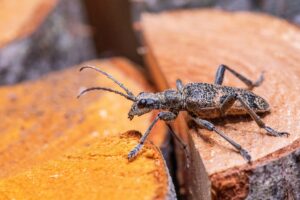
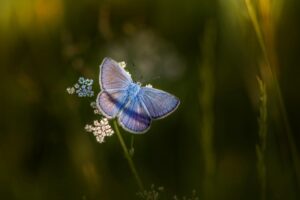
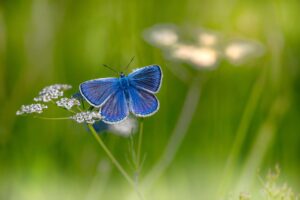
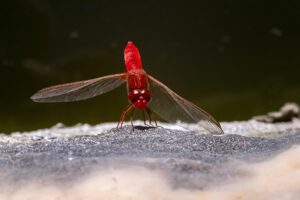
Post Comment